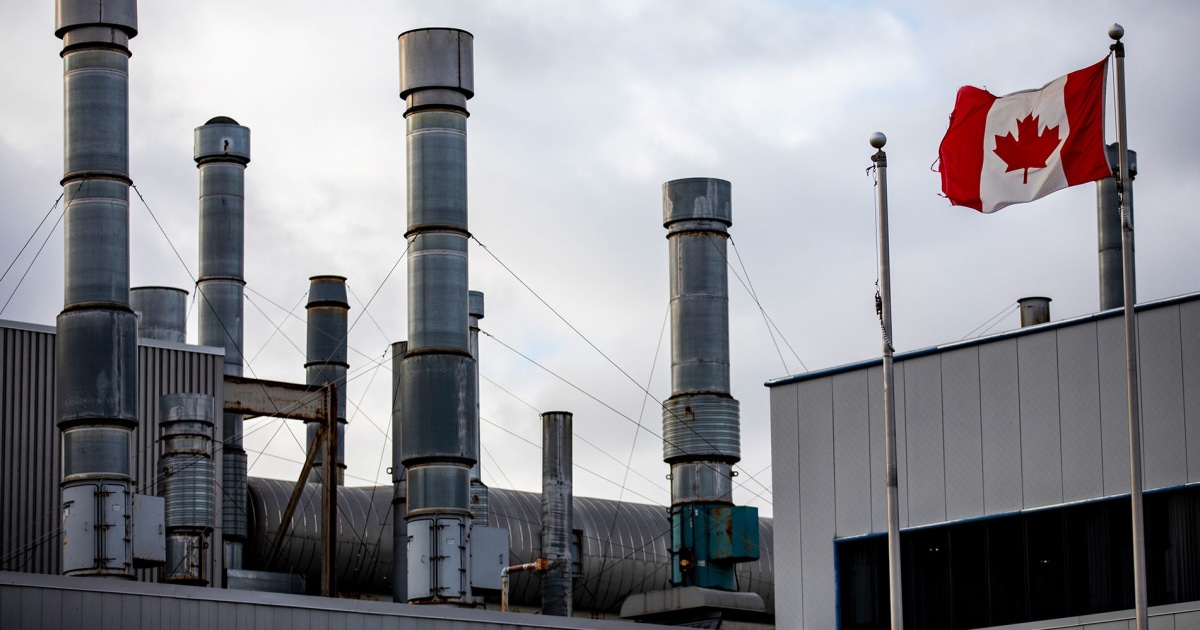Key takeaways:
- Stellantis has temporarily halted production at its assembly plants in Canada and Mexico due to new 25% automotive tariffs imposed by U.S. President Donald Trump.
- The Windsor Assembly Plant in Ontario will pause for two weeks starting April 7, while the Toluca Assembly Plant in Mexico will halt for the entire month of April, affecting thousands of workers.
- Approximately 900 U.S.-represented employees and 4,500 hourly workers in Canada will face temporary layoffs as Stellantis navigates the economic challenges posed by the tariffs.
Stellantis, a prominent automotive manufacturer, has announced a temporary halt in production at two of its assembly plants located in Canada and Mexico. This decision comes in response to a new round of 25% automotive tariffs imposed by U.S. President Donald Trump. The company confirmed the production pause on Thursday, citing multiple factors influencing the decision, with the tariffs being a significant driver.
The production halt will affect the Windsor Assembly Plant in Ontario, Canada, and the Toluca Assembly Plant in Mexico. The Windsor plant will experience a two-week downtime starting April 7, with operations expected to resume the week of April 21. Meanwhile, the Toluca plant will see a production pause for the entire month of April. These measures are part of Stellantis’ efforts to navigate the challenges posed by the new tariffs.
As a consequence of the production pause, approximately 900 U.S.-represented employees at supporting plants will face temporary layoffs. Additionally, about 4,500 hourly workers at the Canadian plant will also be affected. Unifor Local 444 President James Stewart acknowledged the situation in a social media post, noting that while rumors of potential downtime had circulated, the announcement of the tariffs was a decisive factor in the company’s decision.
Stellantis, known for its Jeep brand, is working to manage the impact of the tariffs on its operations. The company is taking these steps to address the economic challenges posed by the new trade measures while aiming to minimize disruptions to its workforce and production capabilities.



Be First to Comment